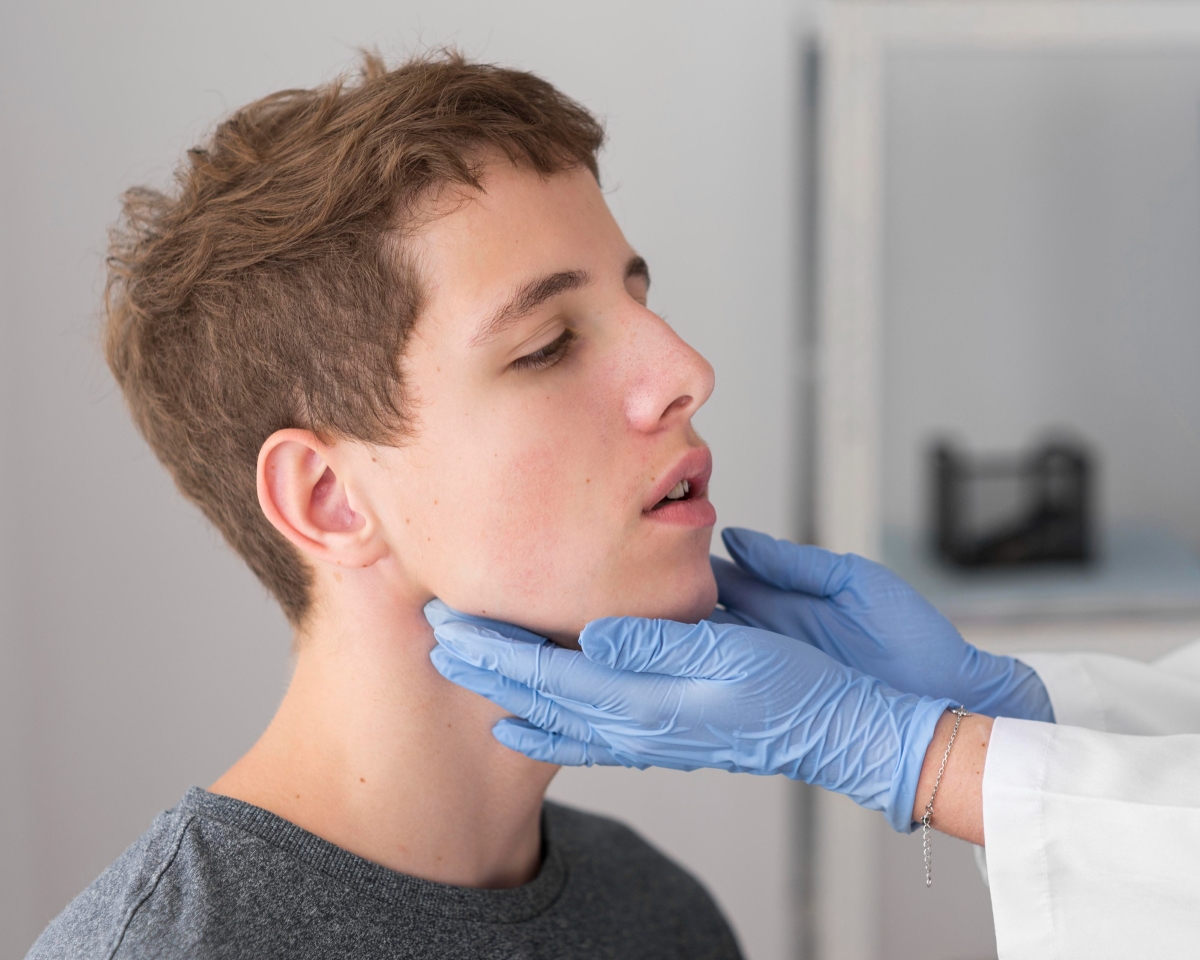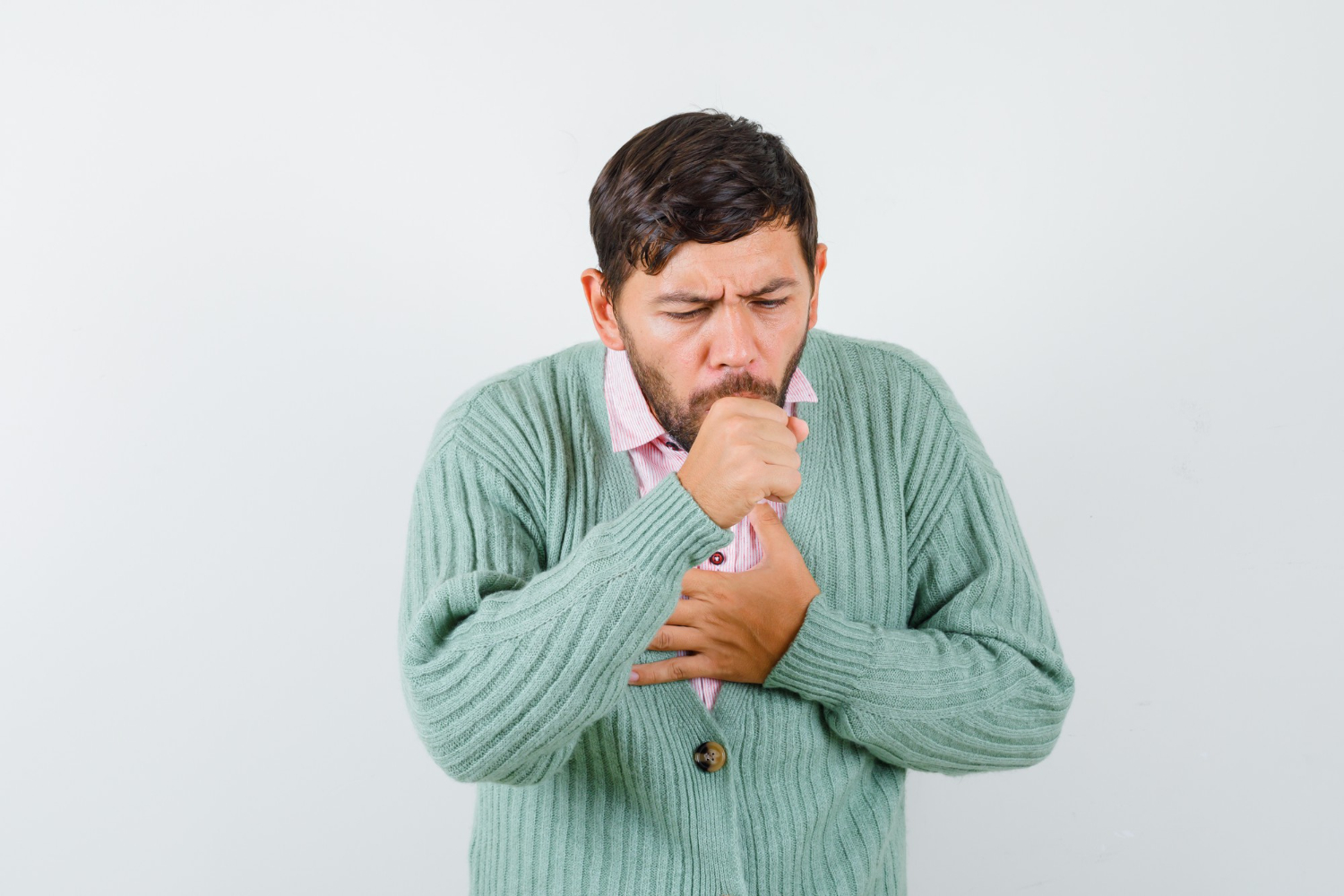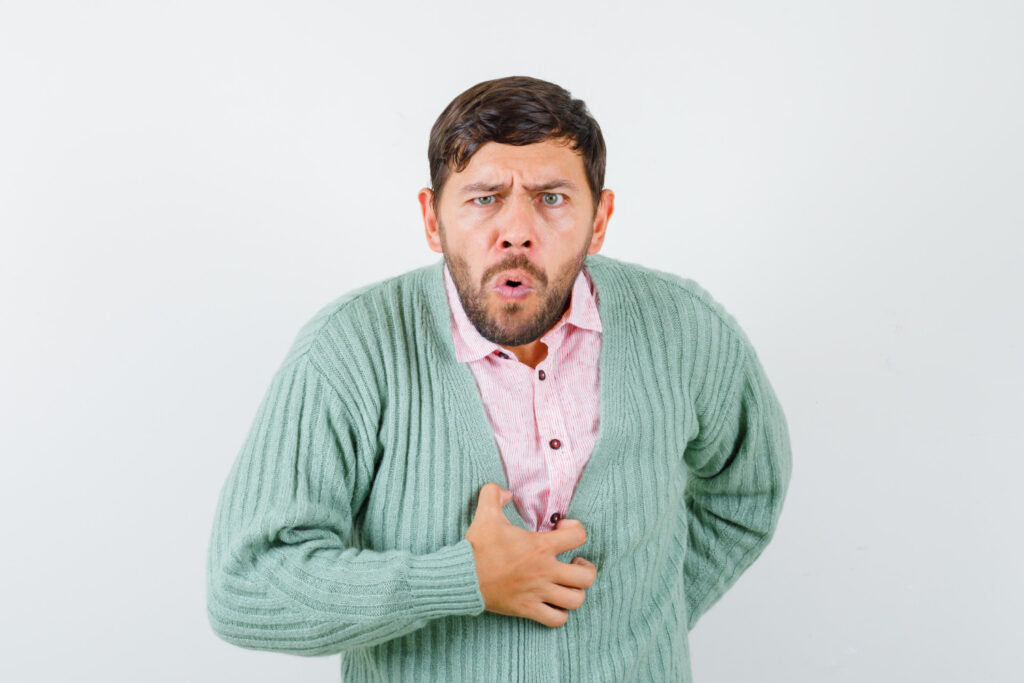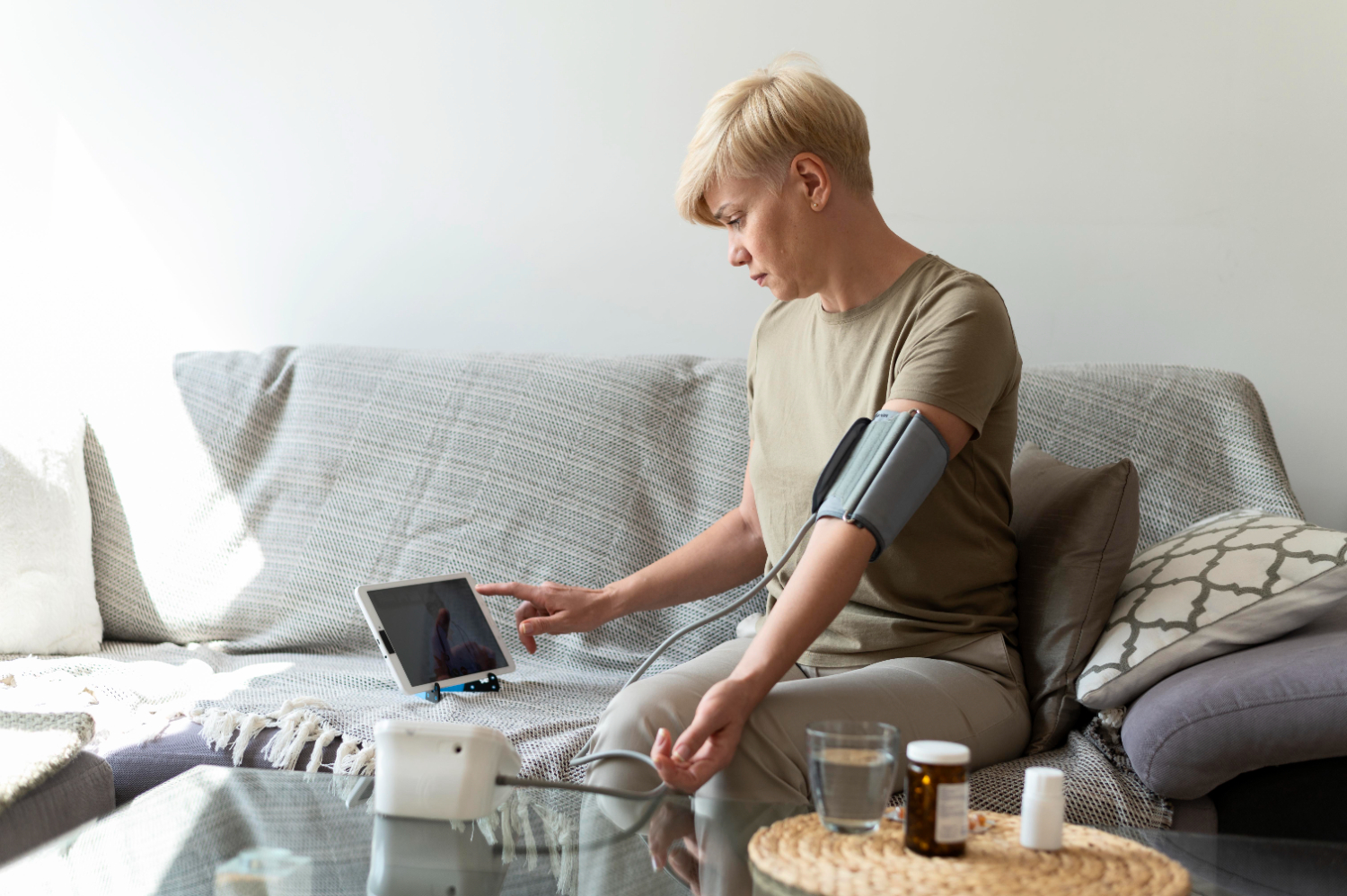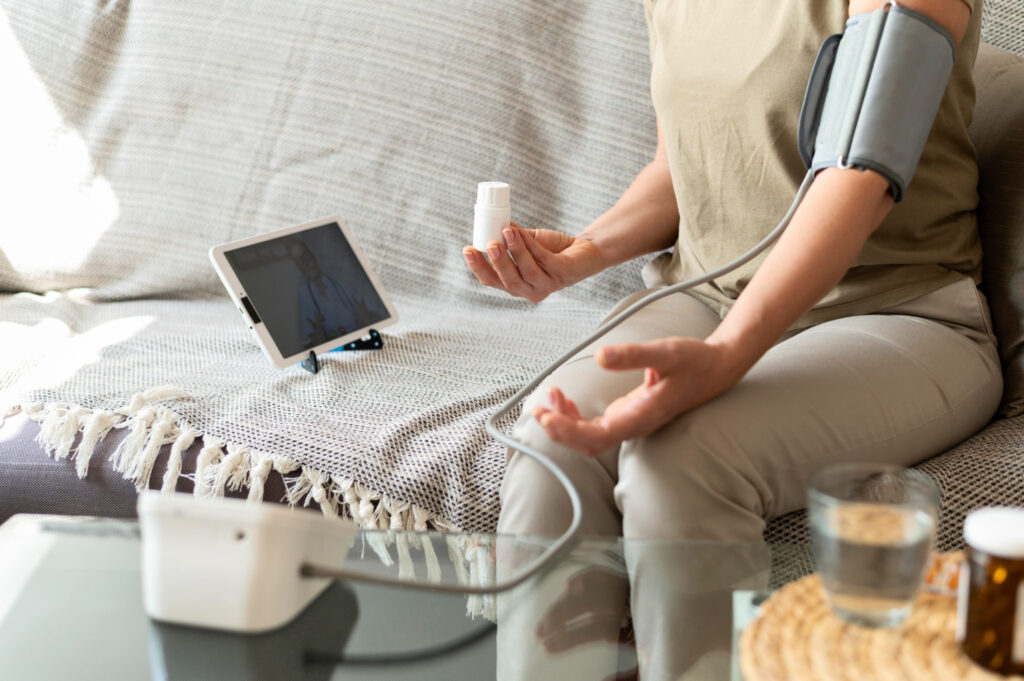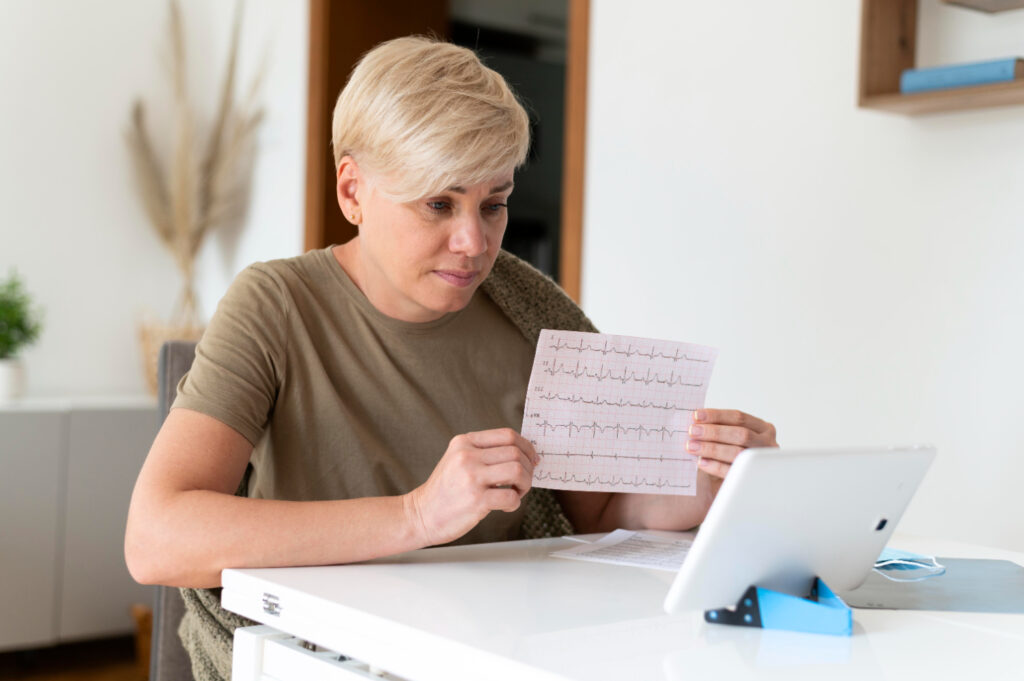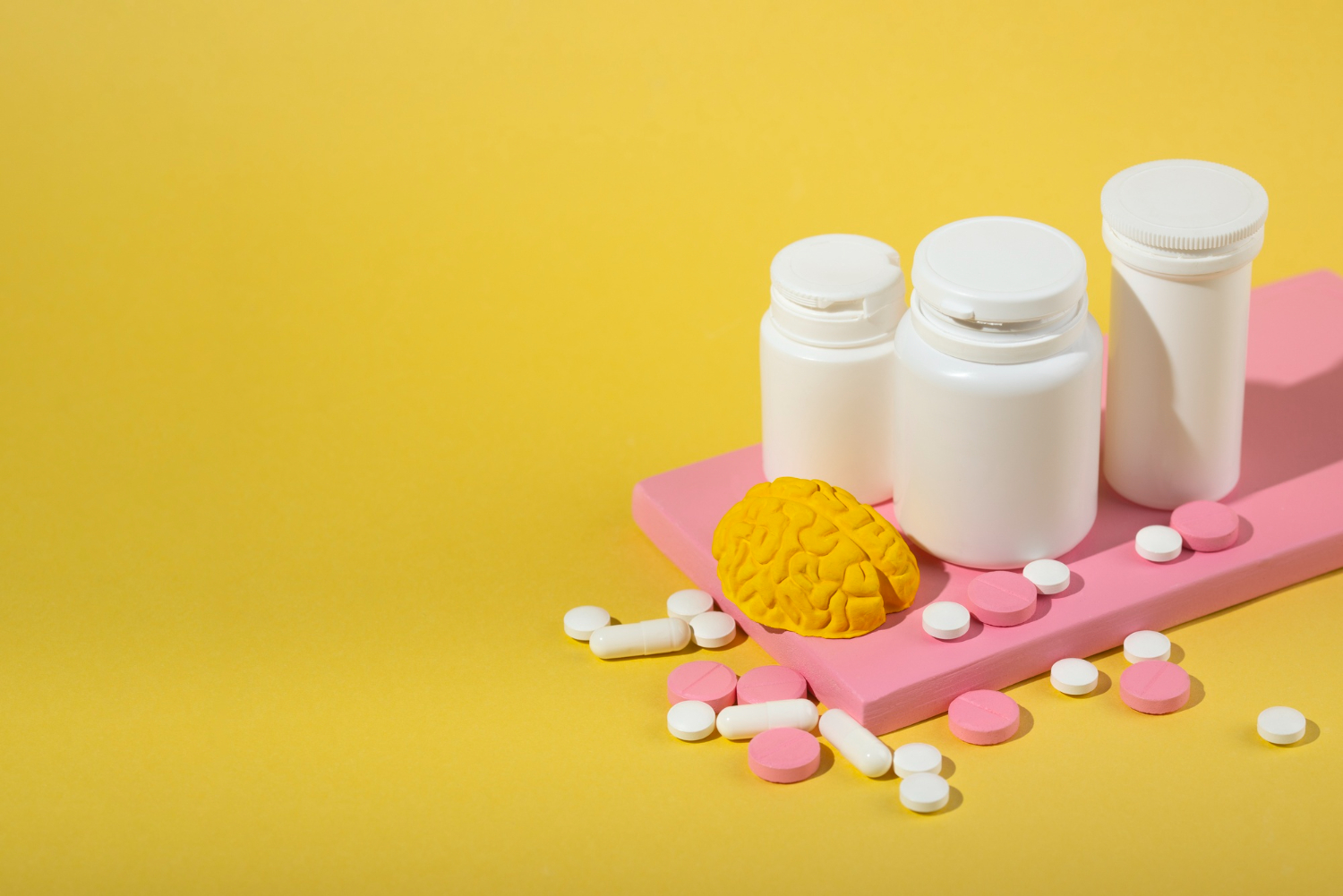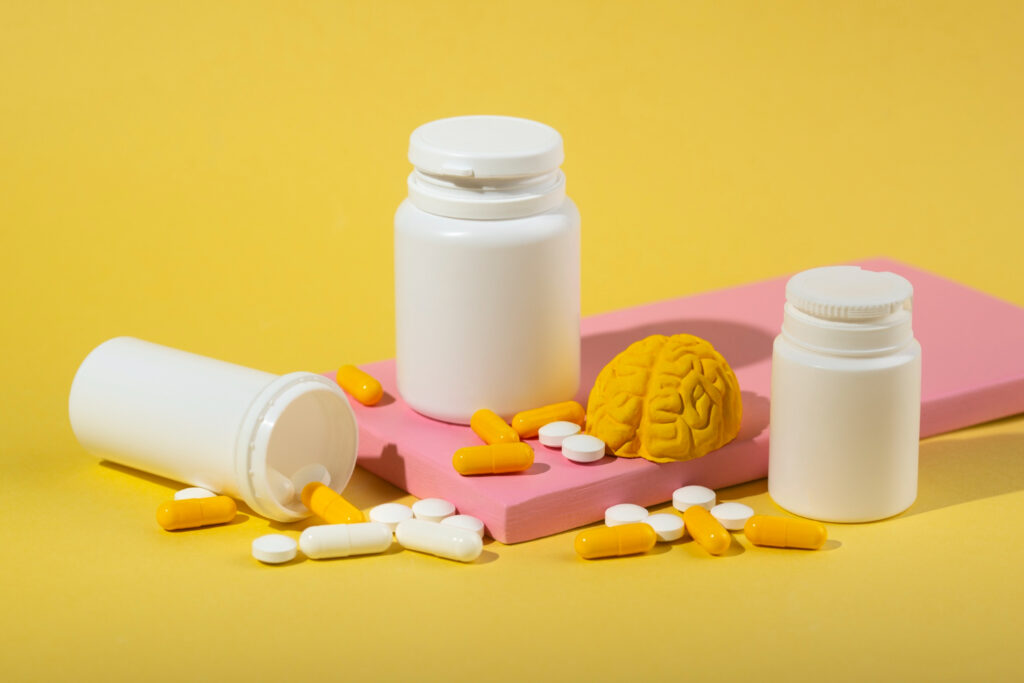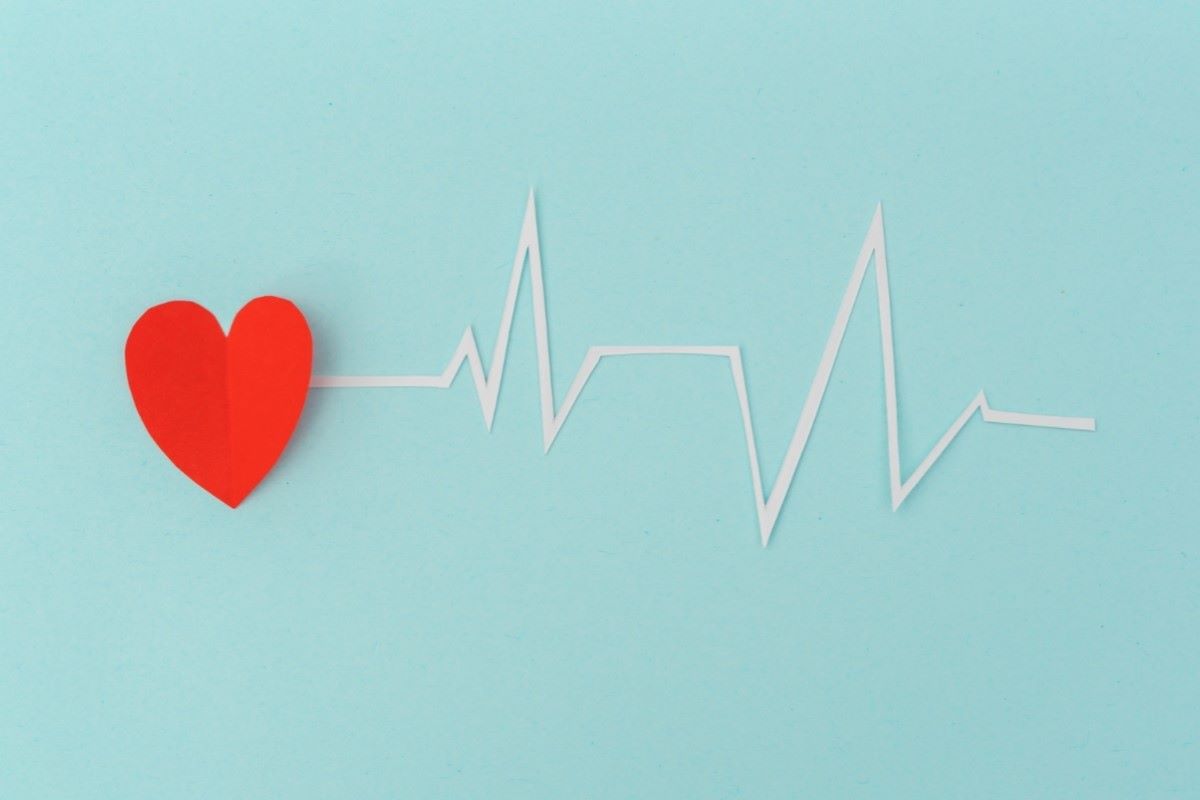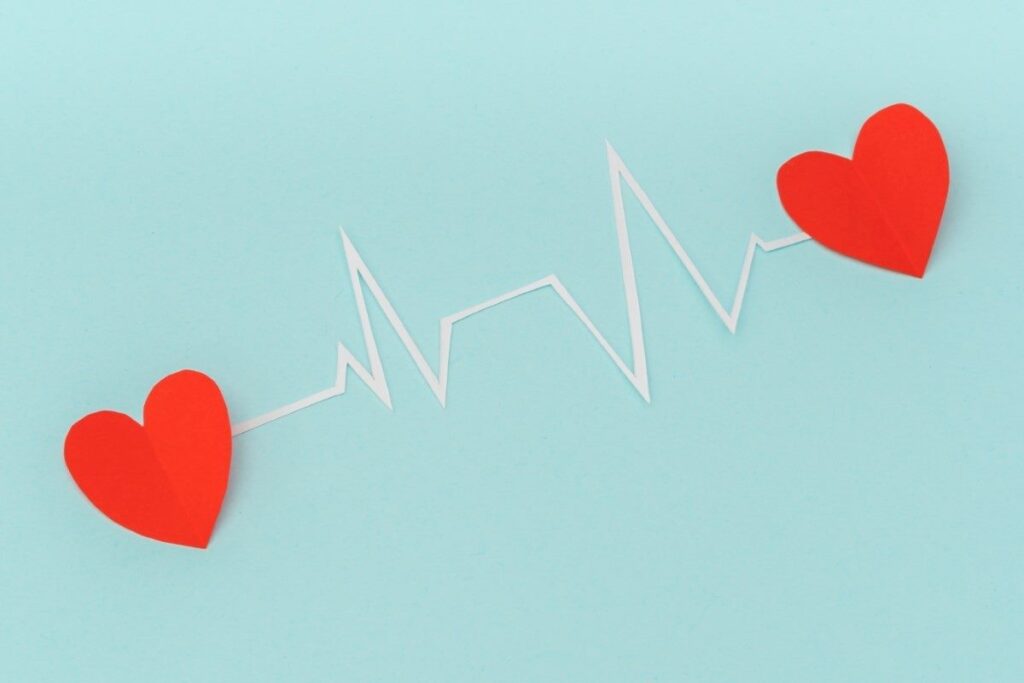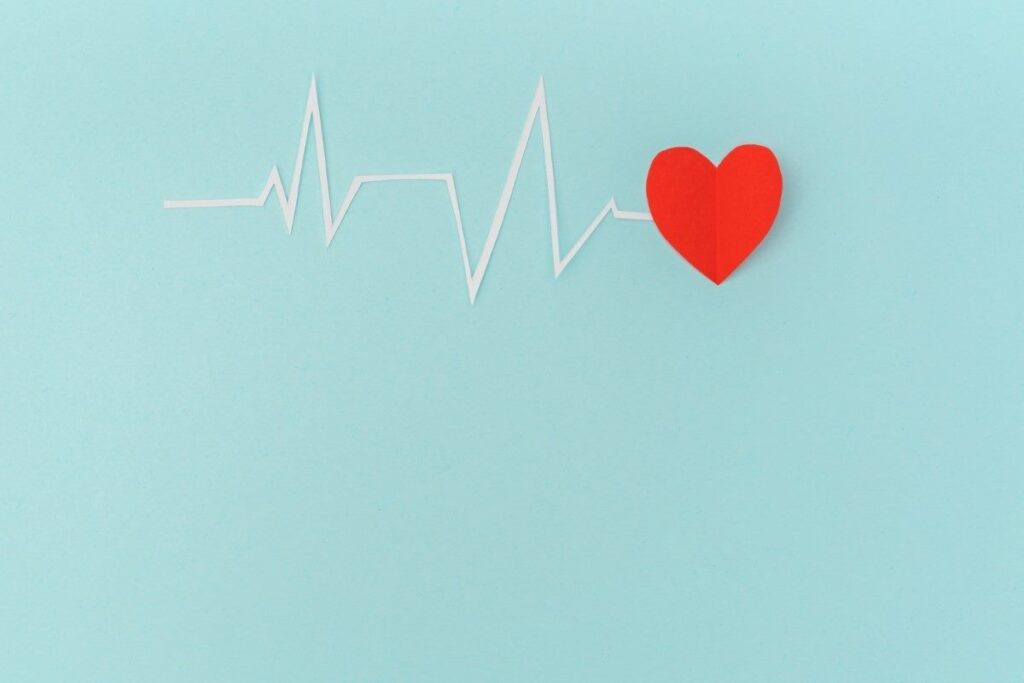Hypothyroidism Killer: What to Eat for Hypothyroidism?
Hypothyroidism is the most common endocrine disorder that affects the general health of the body badly. A deficiency of this hormone slows down metabolic processes within the body and causes problems like extreme fatigue, uncontrollable gain of weight, depression, dry skin, hair loss, and decreased mental concentration. These symptoms can immensely deteriorate any individual’s life quality and also result in numerous other complications, mainly if the condition is left untreated. Early detection coupled with the management of the condition can go a long way in relieving the life of a patient. One of the major ways through which the condition of hypothyroidism can be managed is dietary regulation. Besides, proper nutrition covers not only the needs of the body for the production of thyroid hormones but also can actively mitigate symptoms by regulating inflammation and improving metabolic processes. This article, focused on nutrition and its contribution to overcoming hypothyroidism, provides an analysis of useful and harmful foods for this disease in order to offer simple solutions at hand with the restoration of general health.
Thyroid and Nutrition: Why Choosing the Right Food Is So Important
The thyroid is a hormone-producing gland responsible for the major role in the control of the body metabolic process. This little gland at the front portion of the neck maintains, through mainly secreting two kinds of hormones, namely, T3, or triiodothyronine and T4 or thyroxine, body’s temperature, energy level, working cycle of the brain, skin, and hair texture, and their health. In these cases, mentioned above, the major process gets hugely affected when thyroid becomes underactive.
Smart nutrition can affect thyroid function and hasten symptom improvement. Good nutrition can control hypothyroidism in two major ways:
- Providing the necessary nutrition
Synthesis of thyroid hormone requires some raw materials in the body, such as iodine, selenium, and zinc. Their intake through nutrition will contribute to better production.
2- Reducing the injurious factors
Some foods or ways of eating can spur inflammation or depress thyroid hormone output. Knowing what those are, and avoiding them when possible, can ease the pressure on the thyroid.
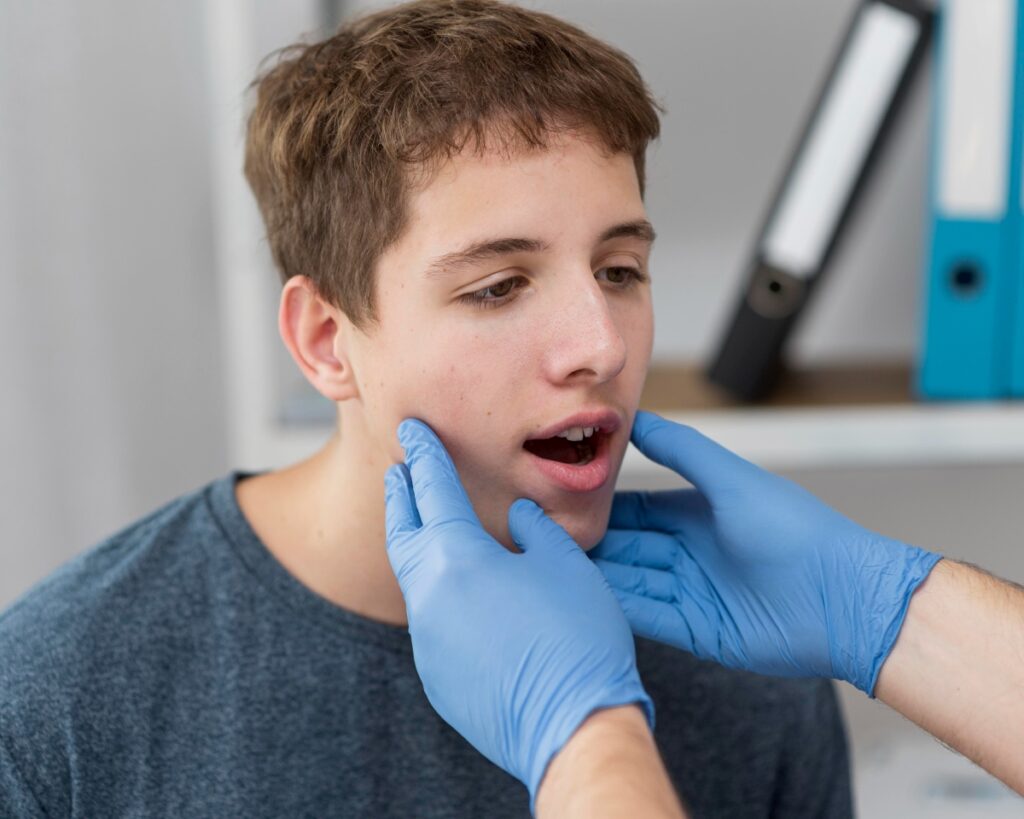
Thyroid Table Heroes: The Most Powerful Foods for Hypothyroidism
A good diet can be a very strong thyroid-supporting tool. Foods which may support your thyroid function include:
- Iodine: The tiny knight in shining armor
Iodine is the chemical element that primarily helps in the production of thyroid hormones. Its deficiency might bring down the amount produced and would gradually cause hypothyroidism. The rich food sources for iodine intake include iodized salt, sea fish, shrimp, and seaweed. But similarly too much intake of this nutrient may irritate the thyroid and thus its consumption should be in a balanced way
- Selenium: a protector of thyroid cells
It renders the thyroid cells resistant to oxidative stress; besides that, selenium takes part in converting the hormone T4 into its active form T3. The intake of selenium is higher due to such foods as Brazilian nuts, eggs, fatty fish, and whole grains. They help the body optimize the functioning of the thyroid.
- Zinc and Assisting Body Metabolism
Another very important mineral is zinc, which takes part in the synthesis of thyroid hormones and influences the metabolic activity of your organism in general. Examples include red meat, beans, seeds, and nuts.
- Healthy Thyroid & Vitamin D
Vitamin D is one of the most active regulators of immune system activity and a maintainer of good thyroid health. Insufficient intake of the vitamin increases the chances of developing disorders in the thyroid gland. The sources of vitamin D include fatty fish, such as salmon and tuna, fortified mushrooms, and dairy products.
Know Your Thyroid Enemies: Foods to Avoid?
Some foods may depress thyroid or affect thyroid functioning adversely. To be aware of such substances and their avoidance will pay better dividends in the management of hypothyroidism.
- Goitrogenic foods
Soybeans, cabbage, cauliflower, turnips, and broccoli are some of the goitrogenic foods. These substances interfere with thyroid hormone synthesis when consumed in large quantities. Cooking these vegetables can breakdown their goiterogenic properties and make them safe to ingest in moderation.
- Gluten and thyroid inflammation
Gluten consumption will only increase inflammation, especially since hashimoto’s, the most common cause for hypothyroidism, may present increased gluten intolerance. A gluten-free diet hence will result in reduced symptoms.
- Sugar and junk foods
Intake of excess sugar and junk foods leads to a rise in weight, slowing metabolism, and increased symptoms of hypothyroidism. Instead of these, intake of fresh and natural foods should be done.
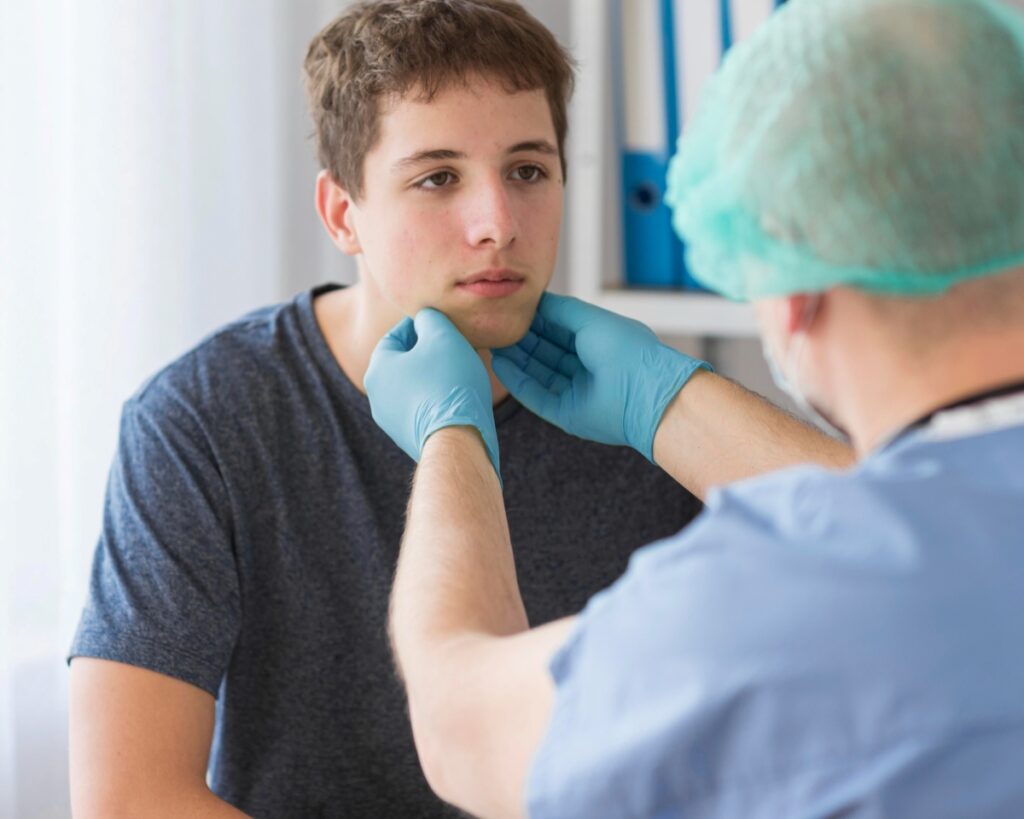
Proper Diet for Hypothyroidism: Sample Meal Plan
Thyroid can be well taken care of by proper and balanced food intake. Sample meal plan would look like:
- Breakfast: Boiled egg, whole grain bread, Glass low-fat milk and fruits of your choice.
- Snack time in morning: Brazilian nuts and a fruit like an apple or an orange.
- Lunch: Grilled salmon steamed vegetables small bowl brown rice Green salad.
- Evening Snack: Low fat yogurt mixed with chia seeds and some honey.
- Dinner: Grilled chicken, green salad with olive oil and lemon juice, and a small boiled potato.
Do supplements become imperative? All About Taking Supplements For The Thyroid
Sometimes, the diet itself is not enough for the body to achieve what it desires. In these states, some supplementation helps the body gain what it requires. These include:
- Iodine Supplements
The amount of iodine supplement is said to be advised by the doctor only. Since too much consumption results in thyroid disorders due to iodine too.
- Selenium
Selenium supplements may become helpful in cutting down inflammation or improving thyroid problems.
- Vitamin D
Vitamin D supplements serve very useful, especially for patients with deficiency symptoms, but here also one is advised to undertake the supplement presented by a doctor.
Above all, nutritional supplements are only supplements and can never replace nutrition; unreflective consumption may also be dangerous in general.
Final Thoughts
Hypothyroidism does not stop you! Proper nutrition and abstinence from its harmful types allow you to play a very important role in the treatment of symptoms and fortify thyroid performances. A good diet will offer symptom management, while this healthy nutrition regimen will help improve energy, vitality, and quality of life. Remember, tiny changes at the table bring huge results. Start today on your path to a healthier, happier life!
Resources
The Role of Nutrition on Thyroid Function
Thyroid, Diet, and Alternative Approaches


